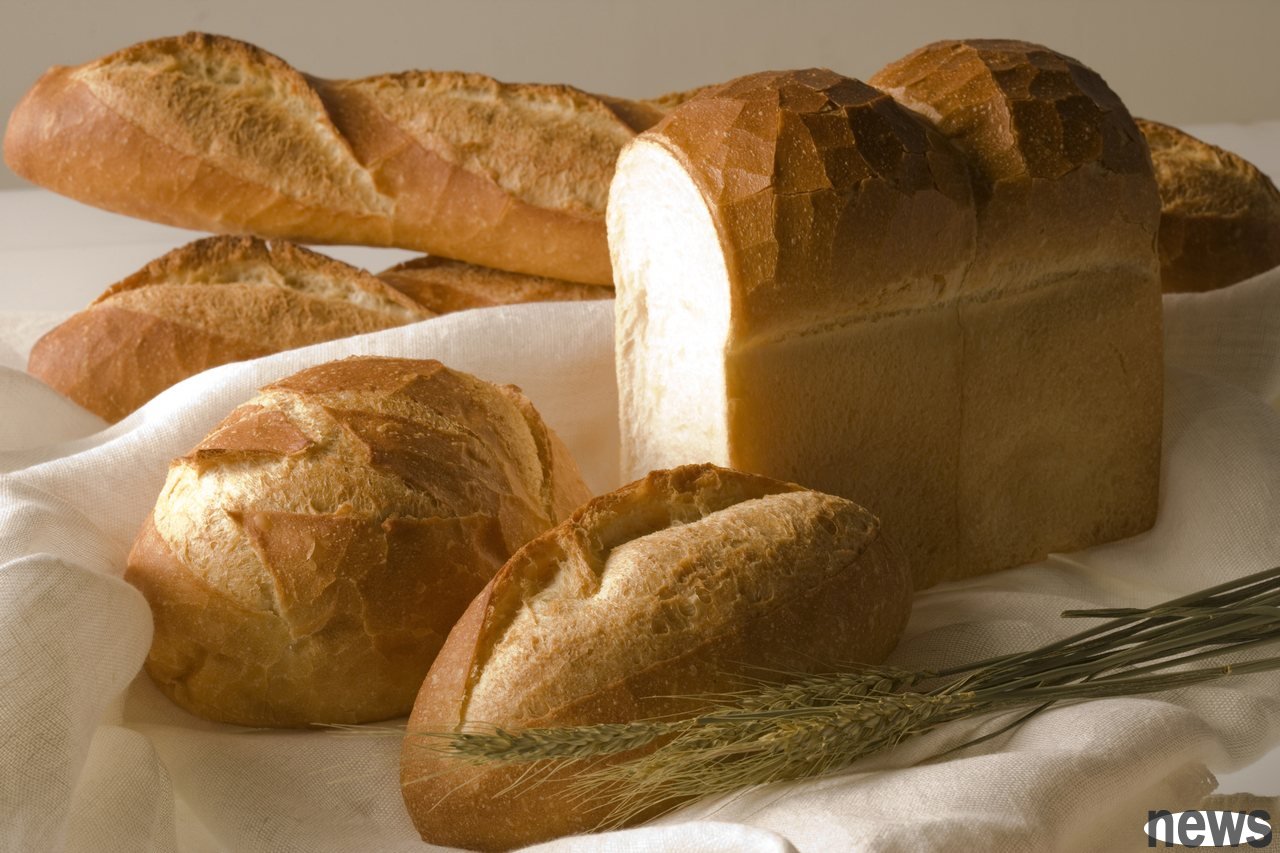Reader Yu-Shih-Lin used the website's "Contact Me" yesterday (2023-10-12) to inquire: "Hello, I saw on Dr. Li Siqian's face that he mentioned the part of the cyst. I would like to ask, is cyst the independent risk factor of cy...

Reader Yu-Shih-Lin used the website's "Contact Me" yesterday (2023-10-12) to inquire:
"Hello, I saw on Dr. Li Siqian's face that he mentioned the part of the cyst. I would like to ask, is cyst the independent risk factor of cyst stone? Thank you."First of all, on 2023-6-27, I published an article about this doctor. All the breads are sarcopenia. Can the doctor say that they believe?
I have also published more than a dozen articles about the spread of "harmful theory" of no scientific basis for many doctors, such as:
Can
Can {feeding without fertility improve infertility and solve nuclei?
Will noodles cause bone relaxation?
No diet will prevent you from getting sick?
Dr. Li Siqian said in his face yesterday (2023-10-12): "Many people will be told that there is a problem with the cyst (usually stones), so they should eat less oil, but this is also a very big mistake. Because the cyst can cause cyst can be produced because the ratio of cyst salt (cyst acid) and cyst sterol is unbalanced. The cyst sterol is too mixed and the concentration of the cyst juice is too dense, which causes cyst cyst stones to be produced. Therefore, if you eat less oil, the sac will be less condensed. If you lack a healthy sac, the sac will be overly condensed. …The risk factors that are easy to increase the problem of cyst include "female", "smale", "pregnancy", "low thyroid", "insulin impedance", "obesity", "fat", "fat weight loss", "no stomach acid", "low fat diet", ……"
I first searched PubMed with gluten (smale), gallstone (smale) or gallbladder (smale), and I couldn't find any related articles. I then searched with &ldquo "low fat" (low fat) and gallstone or gallbladder, but I couldn't find any related articles.
I then searched with gallstone and ”risk factors” and found the following 4 related articles:
1980: Prevalence of gallstones and risk factors in Caucasian women in a rural Canadian community (Prevalence of stone prevalence and risk factors in Caucasian women in a rural community). Risk factors outside of age are obesity, narrow daily energy intake, low daily calcification and limited activity.
1990: Risk factors for gallstones among Chinese in Taiwan. A community sonographic survey. The risk factors explored include age, gender, hepatitis, obesity, hyperlipidemia, and diabetes mellitus (DM). In our study, age and diabetes were the only important factors related to cypress stones. (Note: The author is the Kaohsiung Medical College Group)
2014: Prevalence of and risk factors for gallstones in Uighur and Han Chinese. The prevalence rate of the Uwr group's cymbiosis is significantly higher than that of the Han group. Further analysis of the risk factors of cervical stones in different ethnic regions found that age is the risk factor of cervical stones in two groups of people; triglycerides, body mass index (BMI) and high-density lipoprotein are the risk factors of cervical stones in Han people, while total sterol (TC), gender and fatty liver are the risk factors of cervical stones in the Uwer people.
2022: Risk Factors for Gallstones and Cholecystictomy: A Large-Scale Population-Based Prospective Cohort Study in Japan. Age growth, high weight index and diabetes are related to the risk of calcification of men and women. In men, weight gain or decrease of > 5 kg and pressure is related to cystic rock risk, while alcohol intake is negatively related to risk. Among women, weight gain of > during the tracking period was related to 5 kg, smoking, menopause and blood lipid-lowering drugs, while late menarche was negatively related to cherry-like risk.
The syringe risk factors listed in the mercury clinic are: female, 40 years old or older, Native American, Mexican Hispanic, overweight or obese, sedentary, pregnant, high-fat diet, high-calcium sterol diet, low-fiber diet, a family history of syringe, diabetes, certain blood diseases, such as cytonic blood or leukemia, very fast weight loss, taking estrogen-containing drugs such as oral contraceptives or hormone therapy drugs, suffering from liver disease.
The risk factors listed by Johns Hopkins are: obesity, use of estrogen, pregnancy, Native Americans, women, age, people over 60 years old, use of diabetic sterol-lowering drugs, diabetes, rapid fattening, fasting.
The risk factors listed by the Ministry of Health are: female, obesity, age of 40 Age or older (the older the older, the more likely it is to have cystite, have a condition that affects cirrhosis (such as cirrhosis, primary sclerosis cystitis or cystite), have Crohn's disease or dysentery, have a close family member with cystite, have recently lost weight (via diet or fattening surgery), are taking an antibiotic called cefteriz (ceft riaxone).
From the above four articles and these three information, it can be seen that neither septic nor low-fat diets are listed as risk factors for septic stones. High-fat diets are listed as risk factors for septic stones.
Original text: septic and low-fat diets are risk factors for septic stones. Can doctors say trustworthy?Responsible editor: Gu Zihuan